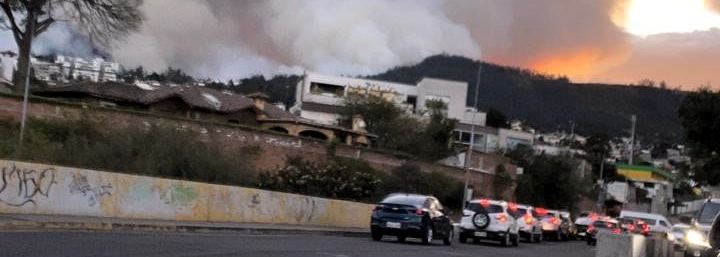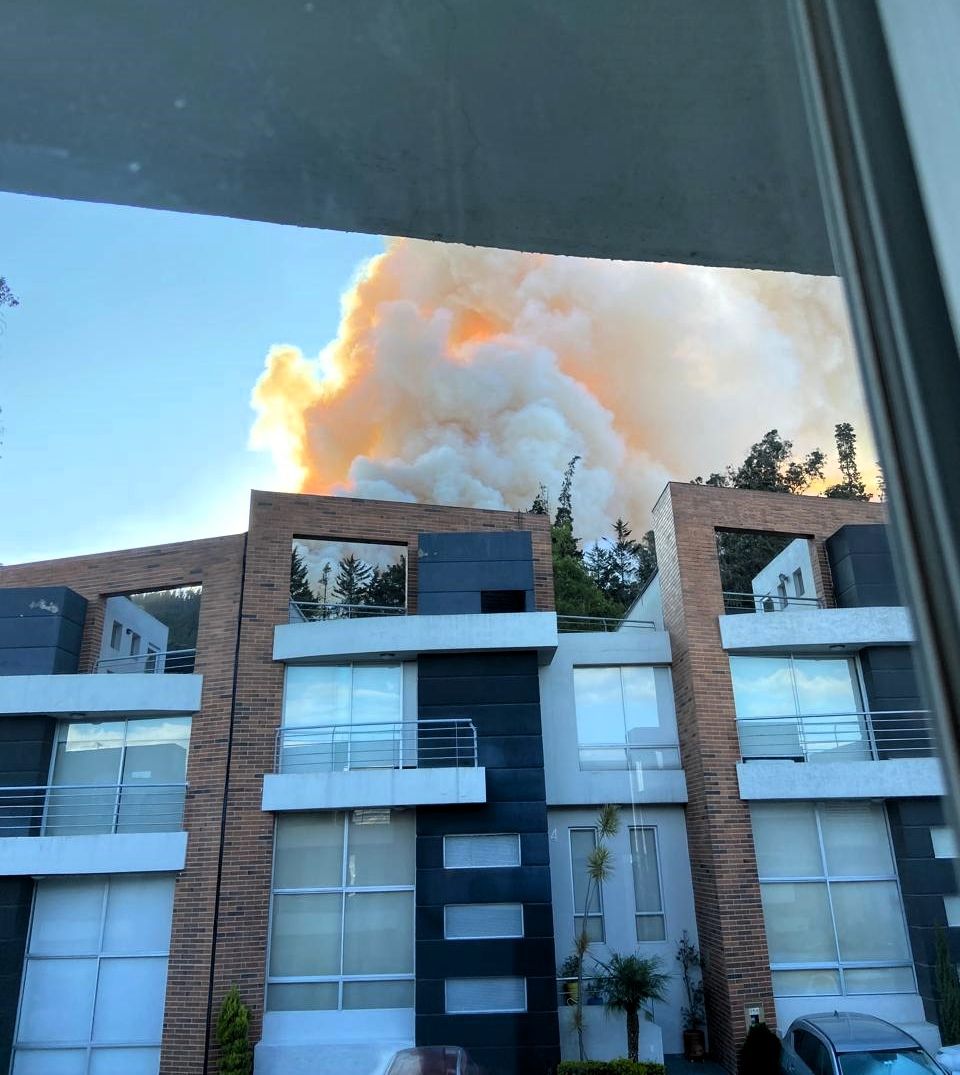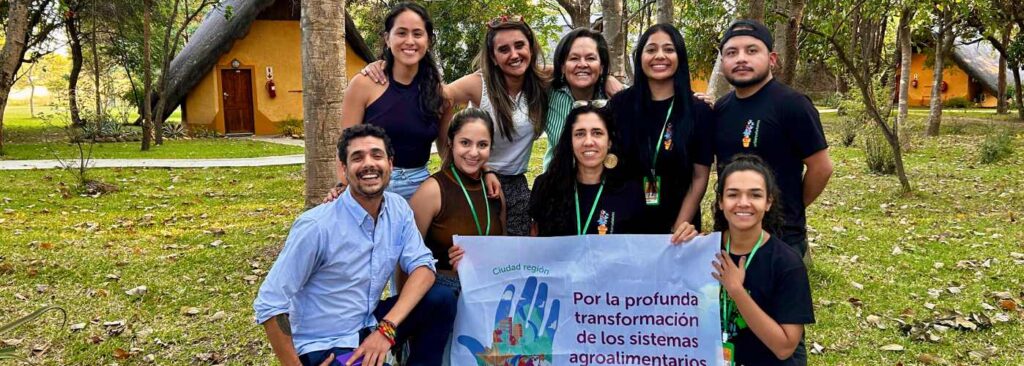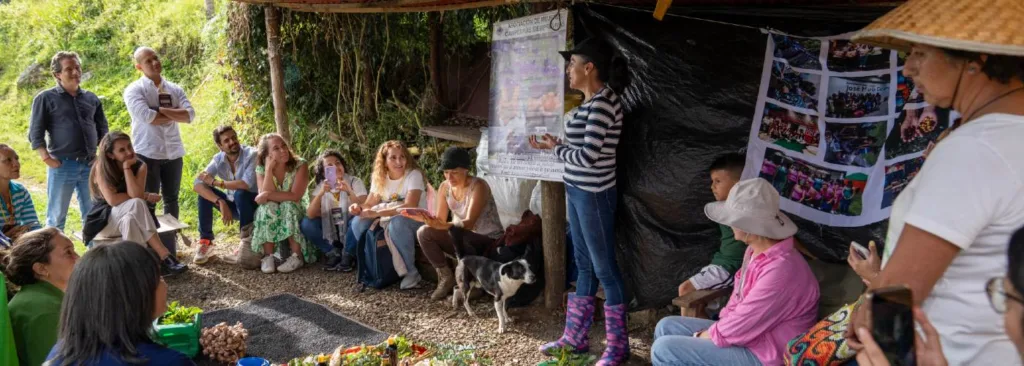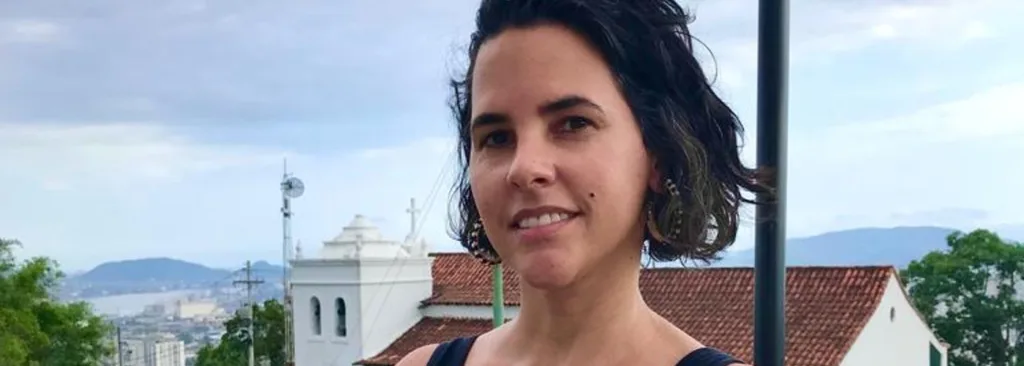The steadily worsening climate crisis now has Latin America fully in its grip. Across the region, severe droughts, flooding, and wildfires have ravaged countries like Brazil, Ecuador, and Bolivia, destroying forests, wildlife, and livelihoods. These extreme weather events are clear signals of a climate emergency spiraling out of control, pushing vulnerable ecosystems to the brink in Latin America and around the world.
The latest in a series of forest fires in Quito, started by arsonists on September 24 and exacerbated by high winds, became infinitely worse because of the persistent, climate change-induced drought in Ecuador. These fires are not just headlines — they profoundly affect the people whose lives and livelihoods they threaten. Hivos’ Patricia Granja wrote the following account of going through the wildfires in Quito. Her experiences are a sharp reminder of the urgent need for bold, meaningful global cooperation to address this accelerating climate crisis.
The city was on fire!
On Tuesday, September 24, Ecuador’s capital Quito turned red. The air became unbreathable. Panic gripped everyone. The city was on fire!
In Quito we helplessly watched the videos on social media showing how the fire was literally devouring Auqui Hill and dangerously climbing up into residential neighborhoods where people were trying to flee with their pets and belongings. The images were like something out of a horror movie. Flames were growing by the minute and “jumping” from one side of the street to the other. The firefighters were overwhelmed, and in some places, people were desperately trying to put out the inferno with buckets and hoses.
From my window I watched in horror as a huge cloud of smoke and ash blocked the sun and moved slowly toward us. My first thought was my mother-in-law’s health. She has a chronic lung disease, and as a doctor I know the risk that a fire of this magnitude poses. I asked her to stay home with the windows closed. She even put wet towels on the door to keep the smoke out and immediately started her oxygen concentrator. The situation was critical, and a state of emergency was declared in the city. With a total of 27 fires, we felt under attack.
What with the long, intense drought that had dried up the forests and vegetation, and the strong winds fueling the fires, some 2,000 hectares in different parts of the capital were destroyed.
All over the country
This is just a reflection of what is happening all over Ecuador. The National Risk Secretariat reported 3,557 forest fires in 22 provinces, affecting 153 cantons and 597 municipalities, causing the loss of 41,565.68 hectares of vegetation. The provinces with the greatest losses are Loja, Azuay, Pichincha, Carchi, Cotopaxi, Imbabura, Chimborazo and Guayas. To date, 44,765 animals have been reported dead and 4,250 have been affected; the impact on biodiversity is still being analyzed.
Although this particular fire was deliberately started, its disastrous end result can be directly ascribed to the aggravating factor of persistent drought throughout the region. A drought brought on in large part by climate change and that is impacting every living thing in its reach: vulnerable populations; the once mighty Amazon River (now at its lowest level ever); food security; transportation on Amazonian rivers, and endangered local species such as dolphins, among others.
In addition, because the government lacked a contingency plan for the electricity sector, the drought has led to power outages of up to 12 hours a day, seriously disrupting all aspects of daily life and causing huge economic losses.
A triple crisis
The triple planetary crisis of pollution, climate change, and loss of biodiversity is no longer just a topic of discussion among academics, but is becoming a painful reality for millions of people across the globe.
It’s impossible to talk about it without tears in my eyes… is this the planet I will live on in the years to come, the one I will grow old on? Will the amazing biodiversity of our region, and especially of the Amazon, be something we will only see in photographs?
If anything gives me hope, it is turning my eyes – and my heart – to the Amazon’s Indigenous Peoples: the immense wisdom of their cultures and their sense of community that resists urban individualism. Here is where we can find multiple answers to save the planet and its many threatened species.

